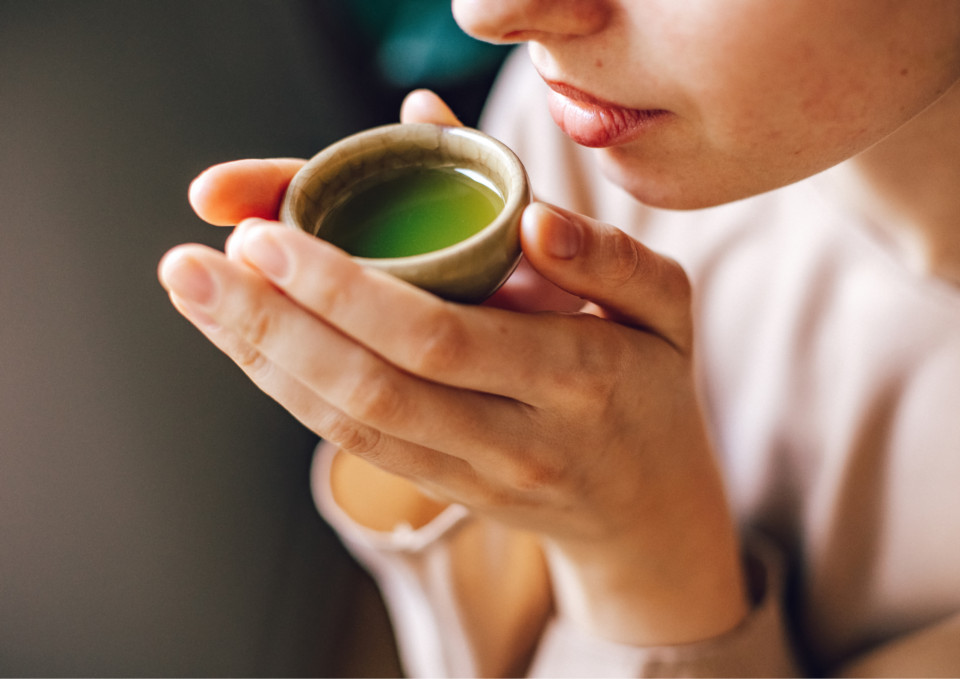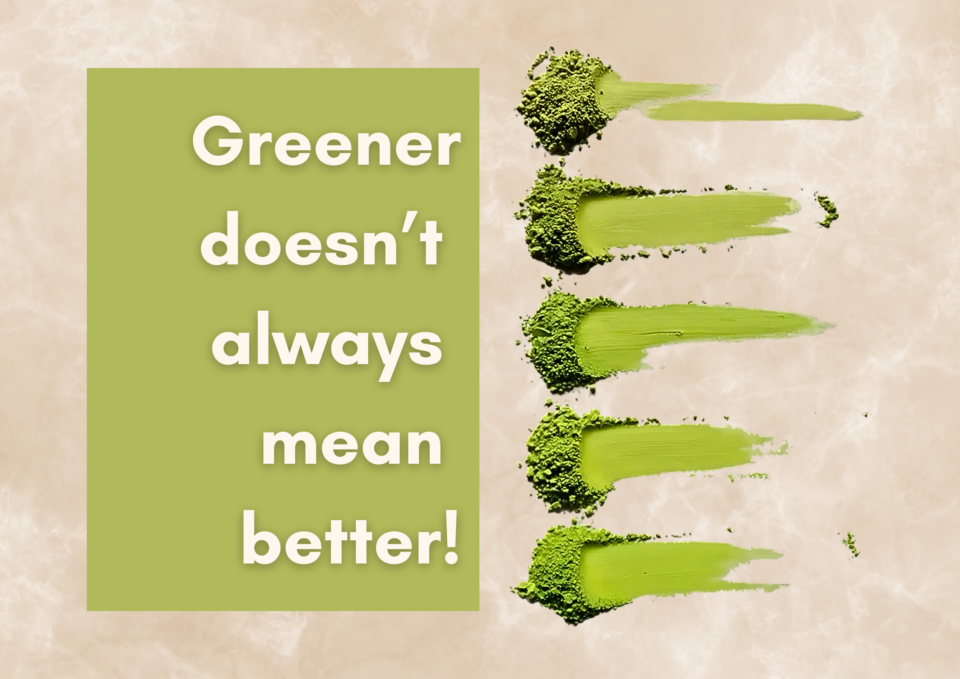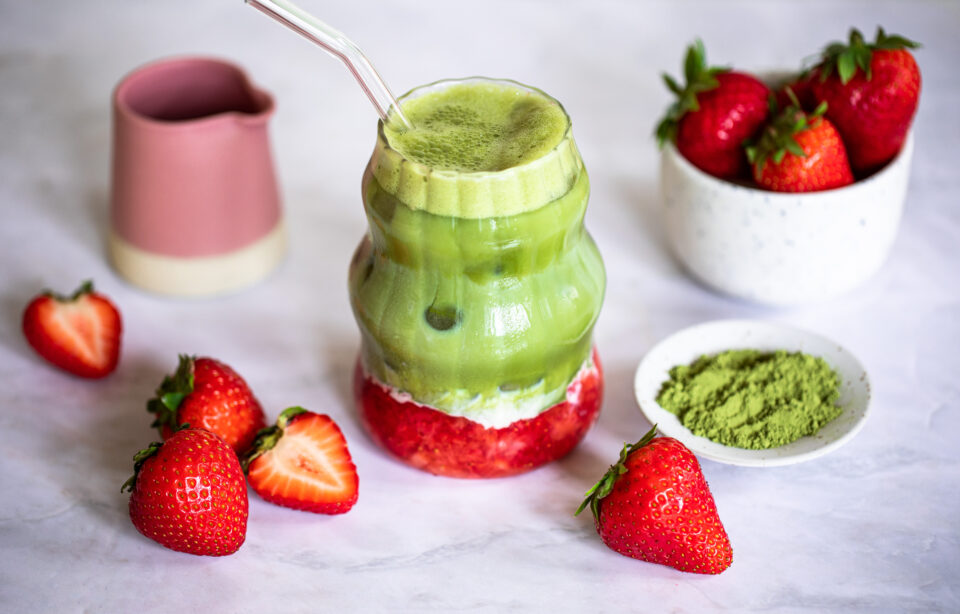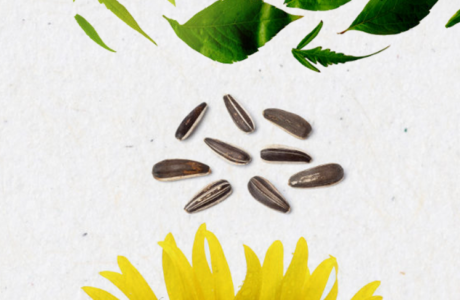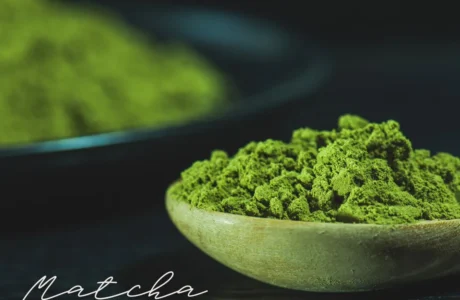As matcha continues to trend across Instagram and TikTok feeds—usually in the form of artfully layered lattes in sunlit cafés—it’s easy to get caught up in the aesthetics and forget what matcha really is. But with popularity comes misinformation, and matcha is no exception. From wild health claims to brewing myths, let’s clear up some of the most common misconceptions about this vibrant green tea.
Let’s learn all we need to know about this beverage:
Misconception #1: The Brighter the Green, the Better the Matcha
Reality: Color can indicate quality—but not always.
High-grade ceremonial matcha is usually a vivid, electric green due to the growing and processing methods. However, not all bright matcha is high quality, and some low-grade matcha is artificially colored. Trust your taste and the source, not just the hue. Pro tip: ceremonial grade is best for sipping, while culinary grade is perfect for baking or lattes.
Misconception #2: Matcha Is Just a Trend
Reality: Matcha has been around for over 800 years.
Originating from China and perfected in Japan, matcha has deep roots in Zen Buddhism and traditional Japanese tea ceremonies. While social media may have made it trendy, matcha is far more than a fleeting fad—it’s a cultural and culinary staple with a long legacy.
Misconception #3: Matcha Has Less Caffeine Than Coffee, So It Won’t Affect Me
Reality: Matcha has less caffeine per serving than coffee, but it still packs a punch.
An average serving of matcha has about 60–70mg of caffeine compared to coffee’s 90–100mg, but because matcha also contains L-theanine (which promotes calm and reduces jitters), the caffeine is released more slowly. This results in a smoother, more sustained energy boost—but that doesn’t mean you can guzzle it all day without side effects.
Misconception #4: Matcha = Instagram Latte = Healthy
Reality: Not always.
A matcha latte from your favourite café might be loaded with sugar, flavoured syrups, or low-quality matcha. While homemade lattes can be both delicious and healthy, many popular versions online are more dessert than wellness drink. Always check what’s in your matcha before assuming it’s good for you. Check for sugar contents and hidden addetives Check out our recent recipe for Fresh Strawberry & Matcha on our Instagram and our monthly newsletter – Ditch the syrups and feel better for longer!
Misconception #5: Matcha Is a Miracle Superfood That Will Fix Everything
Reality: It’s healthy, but not magical.
Matcha contains antioxidants—especially EGCG (epigallocatechin gallate)—as well as caffeine and L-theanine, which together may enhance alertness and focus. But while it’s a great addition to a balanced diet, it’s not a cure-all. It won’t melt fat overnight, detox your liver, or eliminate stress by itself (no matter what influencers claim).
Misconception #6: Only Japanese Matcha is worthwhile
Reality: While Japan is world-renowned for its matcha, high-quality matcha also comes from China.
It’s true that Japan refined the art of matcha production and is home to famous regions like Uji and Nishio. However, China was actually the birthplace of powdered green tea, and in recent years, Chinese tea producers have re-emerged with exceptional matcha made using traditional and modern techniques.
The key is to look for transparency about sourcing, processing methods, and certifications—regardless of the country. Just like wine or coffee, quality depends more on farming practices, climate, and processing than nationality alone. Some Chinese matcha rivals or even surpasses Japanese options in taste, color, and nutritional value—often at a more accessible price. For your ease of mind, we test each batch of Matcha we produce for both pesticides and heavy metals!
So don’t write off Chinese matcha. A well-sourced Chinese matcha might surprise you.
Final Sip
Matcha deserves its moment in the spotlight—but let’s make sure we’re celebrating it with knowledge, not just aesthetics. Whether you’re sipping it in a latte, whisking it in a chawan, or baking it into brownies, understanding the facts behind the froth makes every cup more meaningful.
